Just a few days after returning home from our 2021-2022 Snowbird Travels we were back on the road again for a quick overnight trip to Portland, Oregon. On our way home, we made stops at two historic sites near Walla Walla, Washington that I’ve wanted to visit for as long as I can remember.
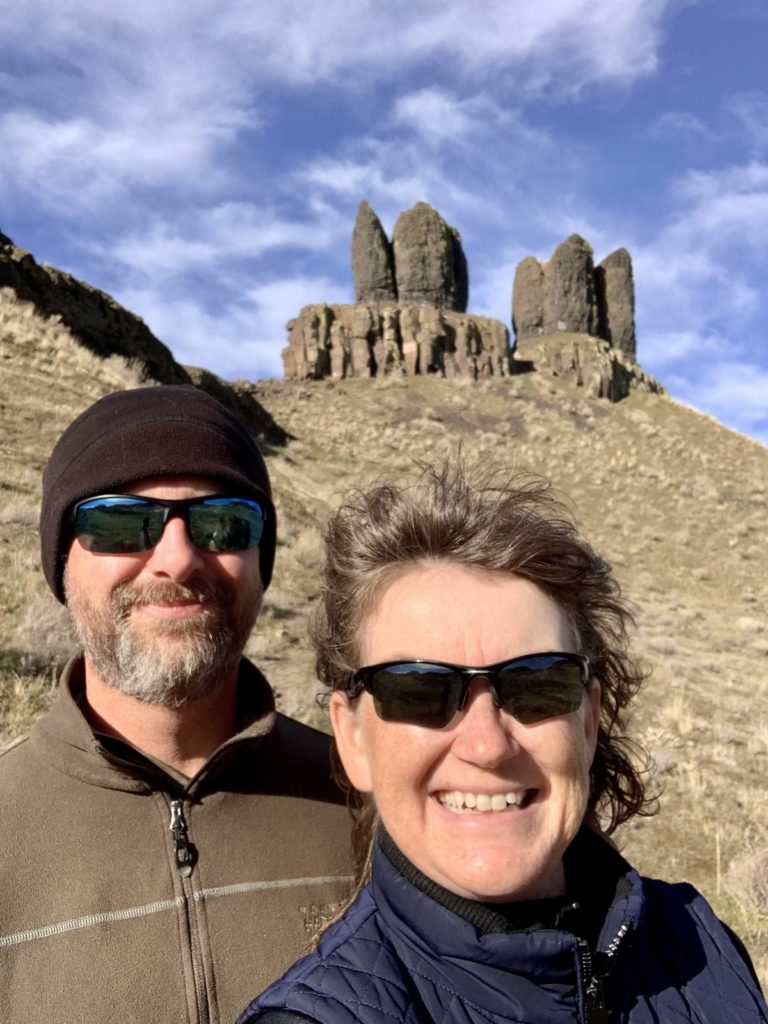
Twin Sisters
Twin Sisters are two basalt pillars rising above the eastern shore of the Columbia River at Wallula Gap in southern Washington. A short, but steep, half mile trail leads up and behind Twin Sisters for an excellent view of the pillars and the Wallula Gap area of the Columbia River. The trail starts at a small pullout along US 730 approximately two miles south of its junction with US 12. If you are traveling through the area, this is a great stop and opportunity to stretch your legs.
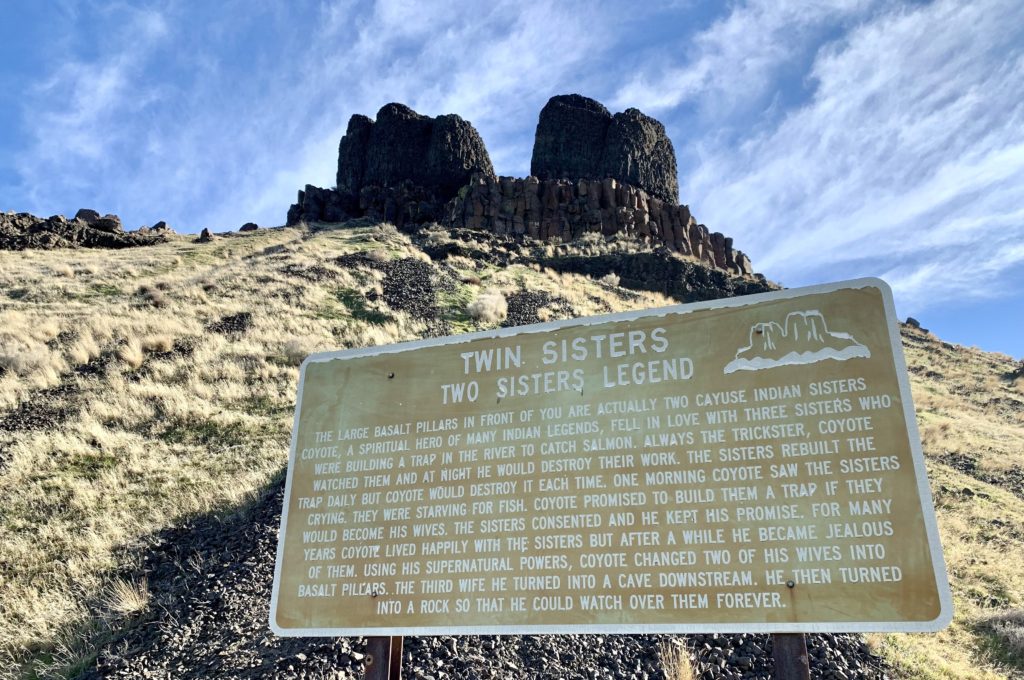
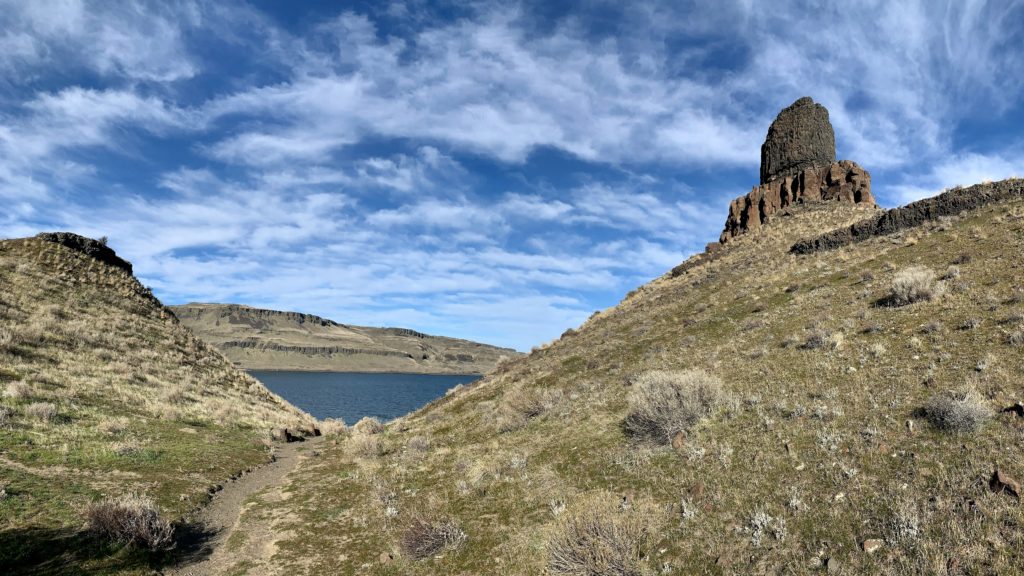
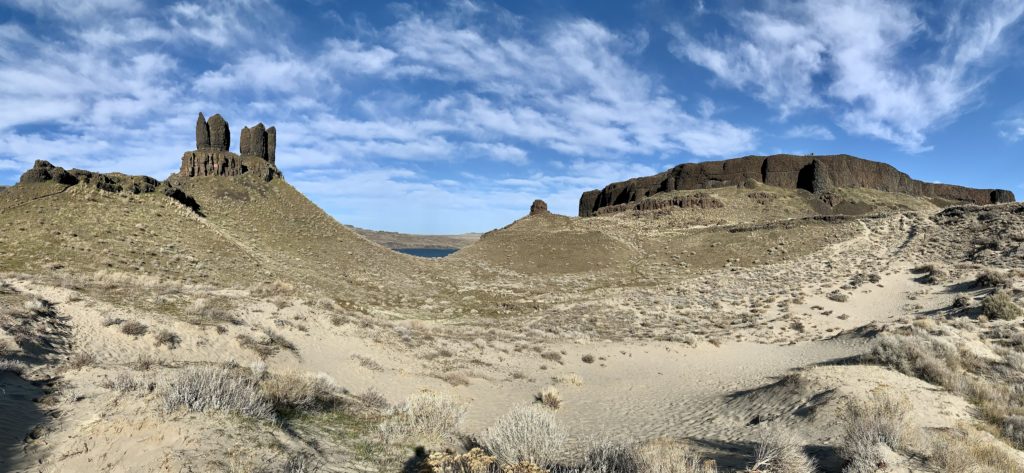
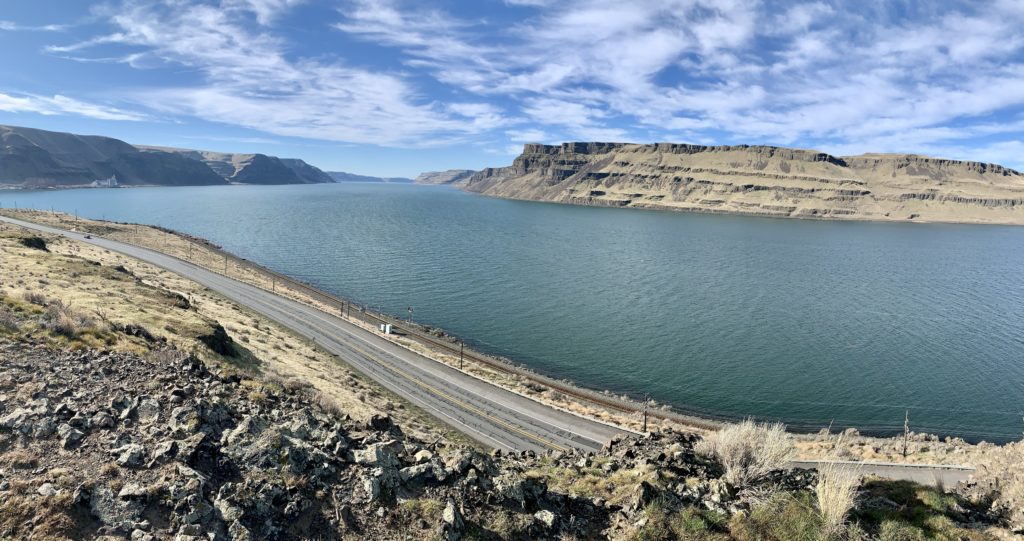
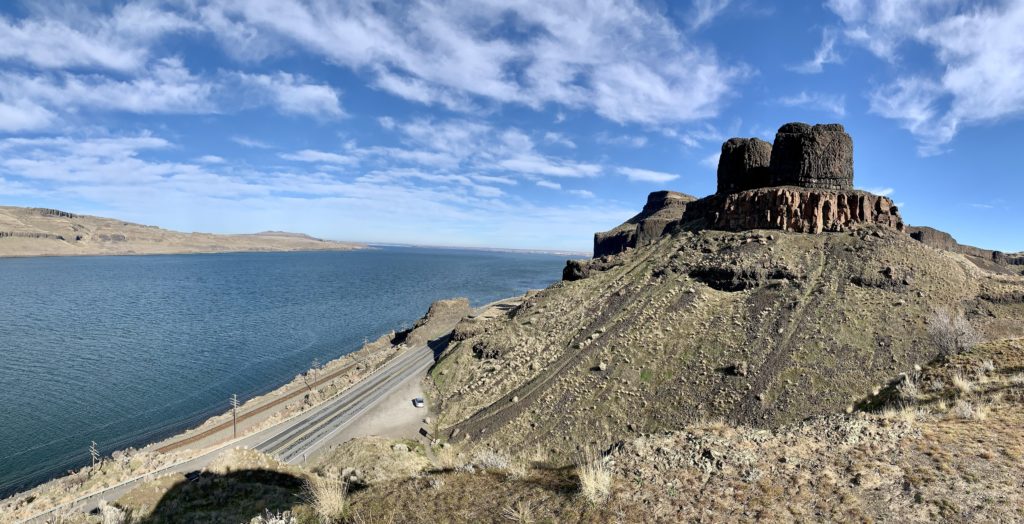
Whitman Mission National Historic Site
Continuing east along US 12 toward Walla Walla, we stopped at a National Park Unit, Whitman Mission National Historic Site.
“A rest stop along the historic Oregon Trail, the Whitman Mission was the site of the 1847 massacre that played a key role in America’s westward expansion. What was initially a mission to Christianize American Indians soon became the center of a bloody clash of cultures between white settlers and American Indian tribes. Located in Walla Walla, Washington, Whitman Mission National Historic Site preserves the site and tells the story of the events that took place on the Columbia Plateau from the moment the Whitmans established their mission in 1836, up to 1848, when after the massacre, Oregon became an official territory of the United States.” Source NPS Website.
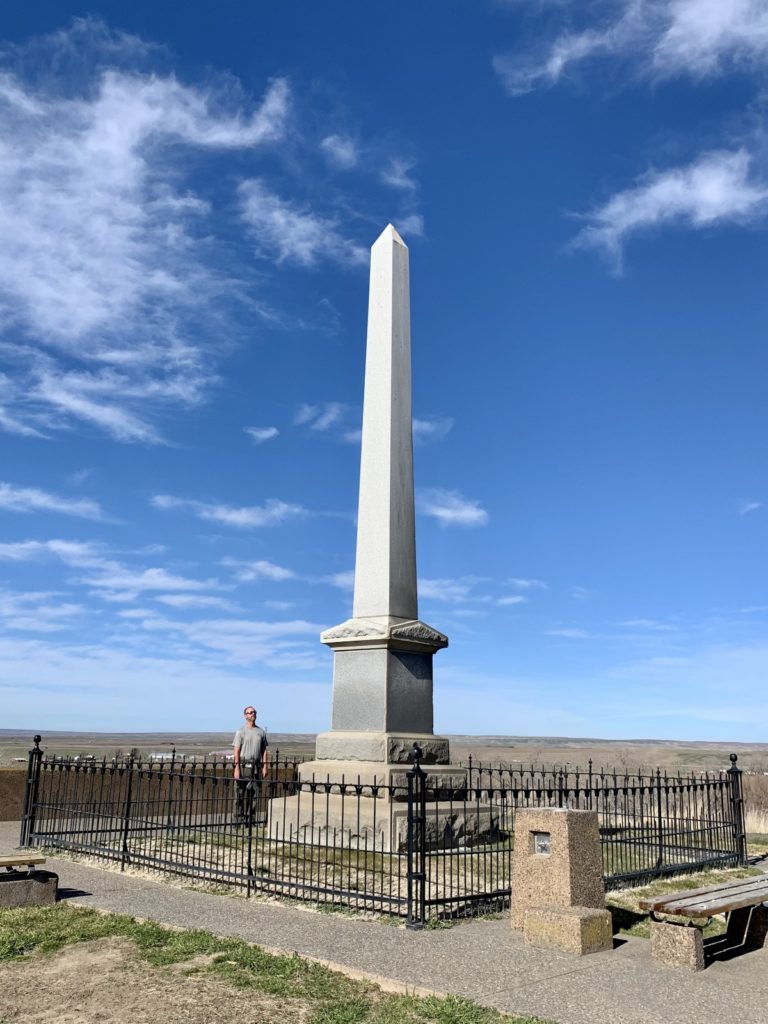
Over the years, we had driven past the Whitman Mission turnoff dozens of times. Observant travelers along US 12 west of Walla Walla can see the towering Whitman Memorial perched atop a hill to the south. As an avid student of Native American history, I had seen that memorial so many times and wish I had time to stop and visit. Finally, we had the time—the greatest perk of retirement. We began our visit inside the Whitman Mission Visitor Center and Museum where we saw the excellent collection of exhibits that included Cayuse cultural items, archaeological artifacts, and objects belonging to individuals who lived at the mission including the Whitmans.
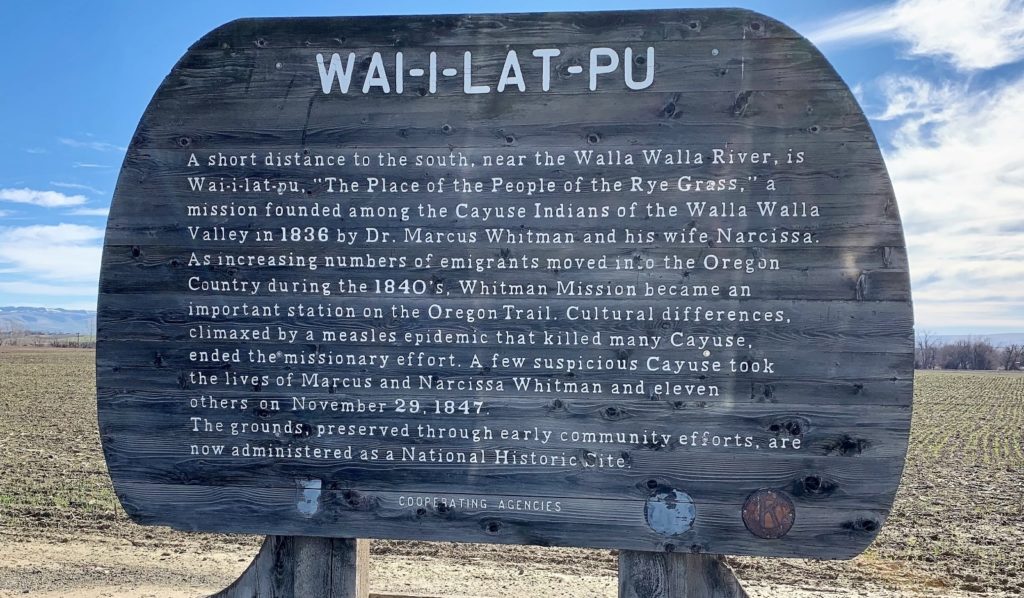
Moving outside, we walked the mission’s self-guided trails. Interpretive signs lined the trail providing context for what we saw. I was glad to see that many of the signs are being updated to more accurately represent both sides of the conflict rather than the traditional Anglo-centric view. Near the Visitor Center we visited the Great Grave where those who were killed in the attack are buried. From there we climbed to the top of a hill to visit the Whitman Memorial and admire the 360 degree view of the surrounding area. We then walked the Mission Grounds Loop, where we saw the foundations of the historic mission buildings, the restored mill pond and irrigation system, and a stretch the Oregon Trail.
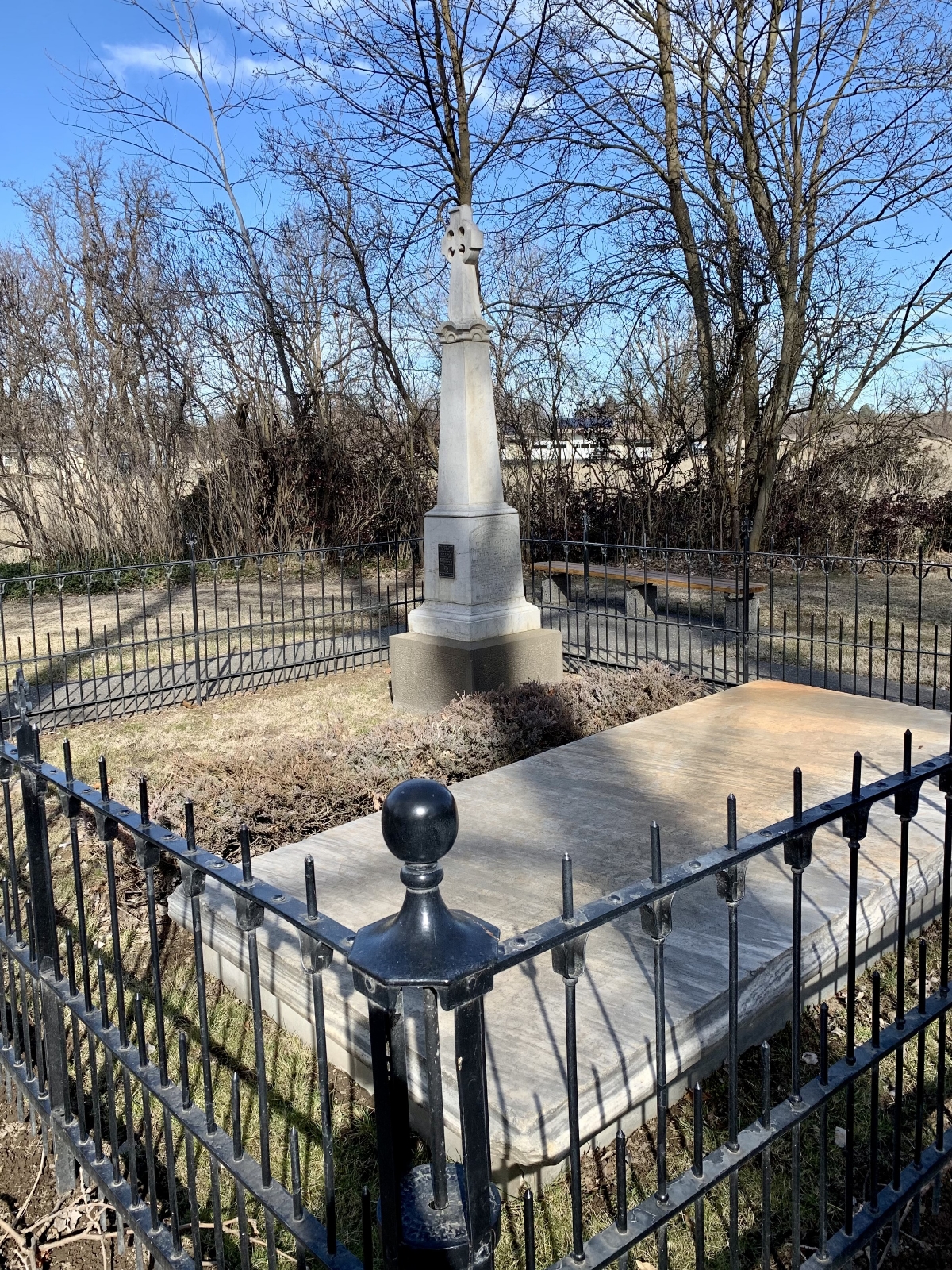
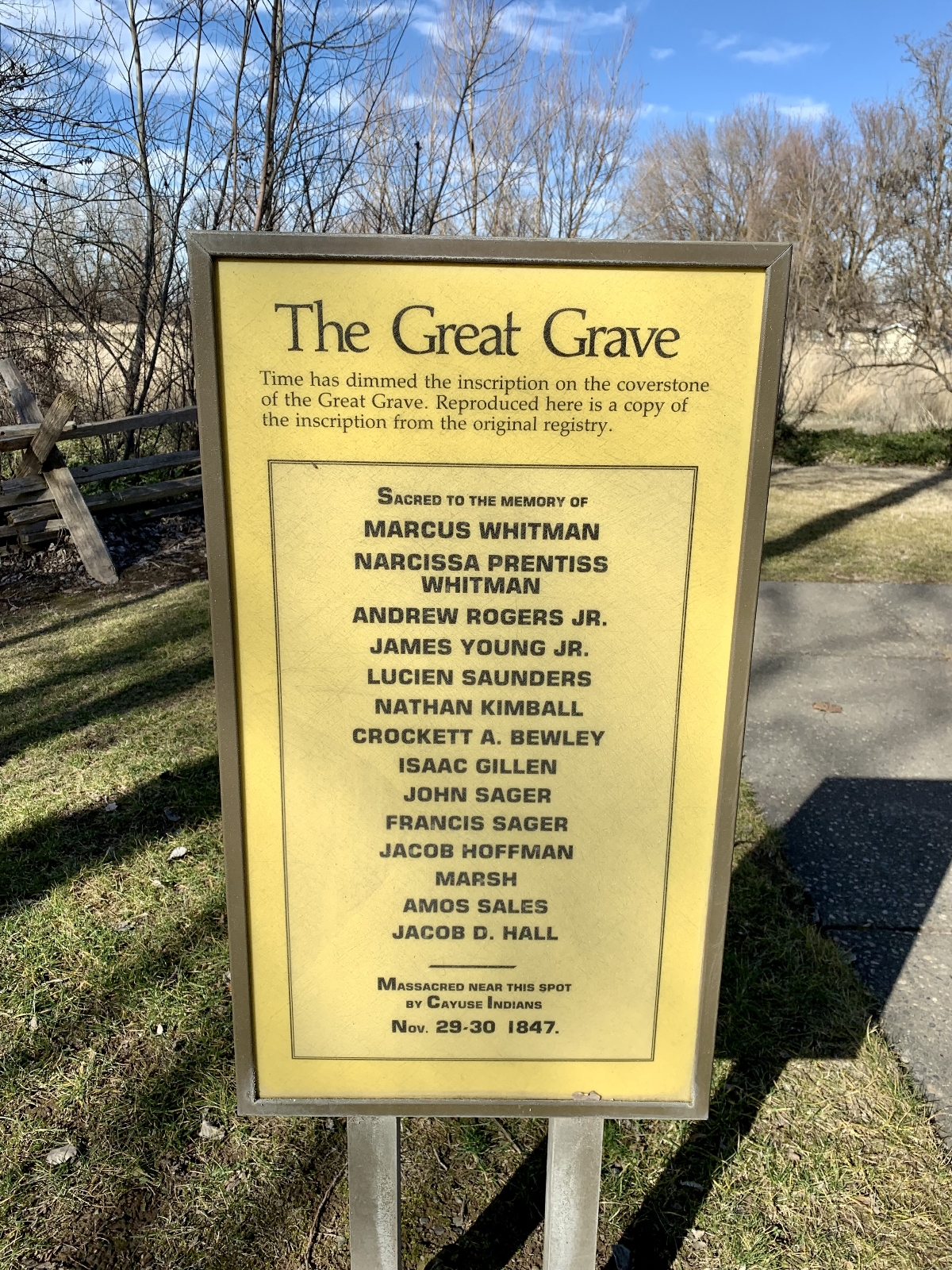
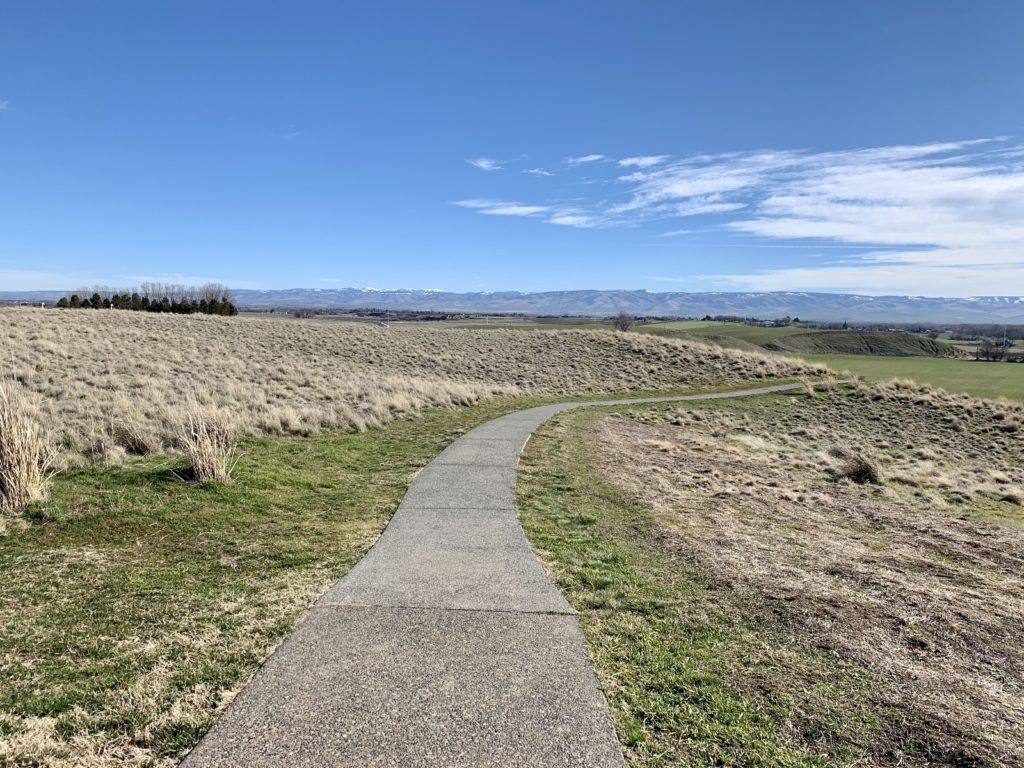
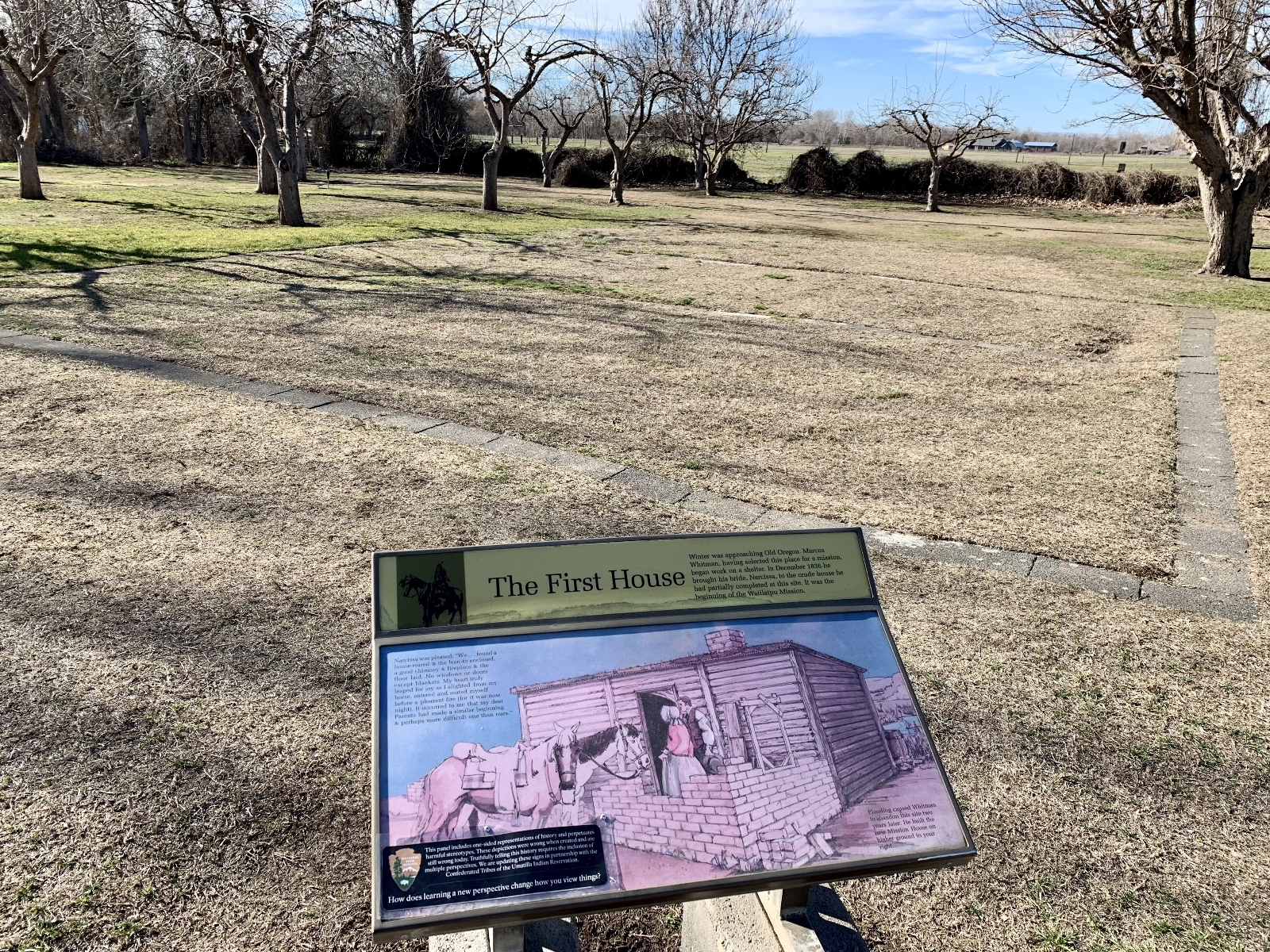
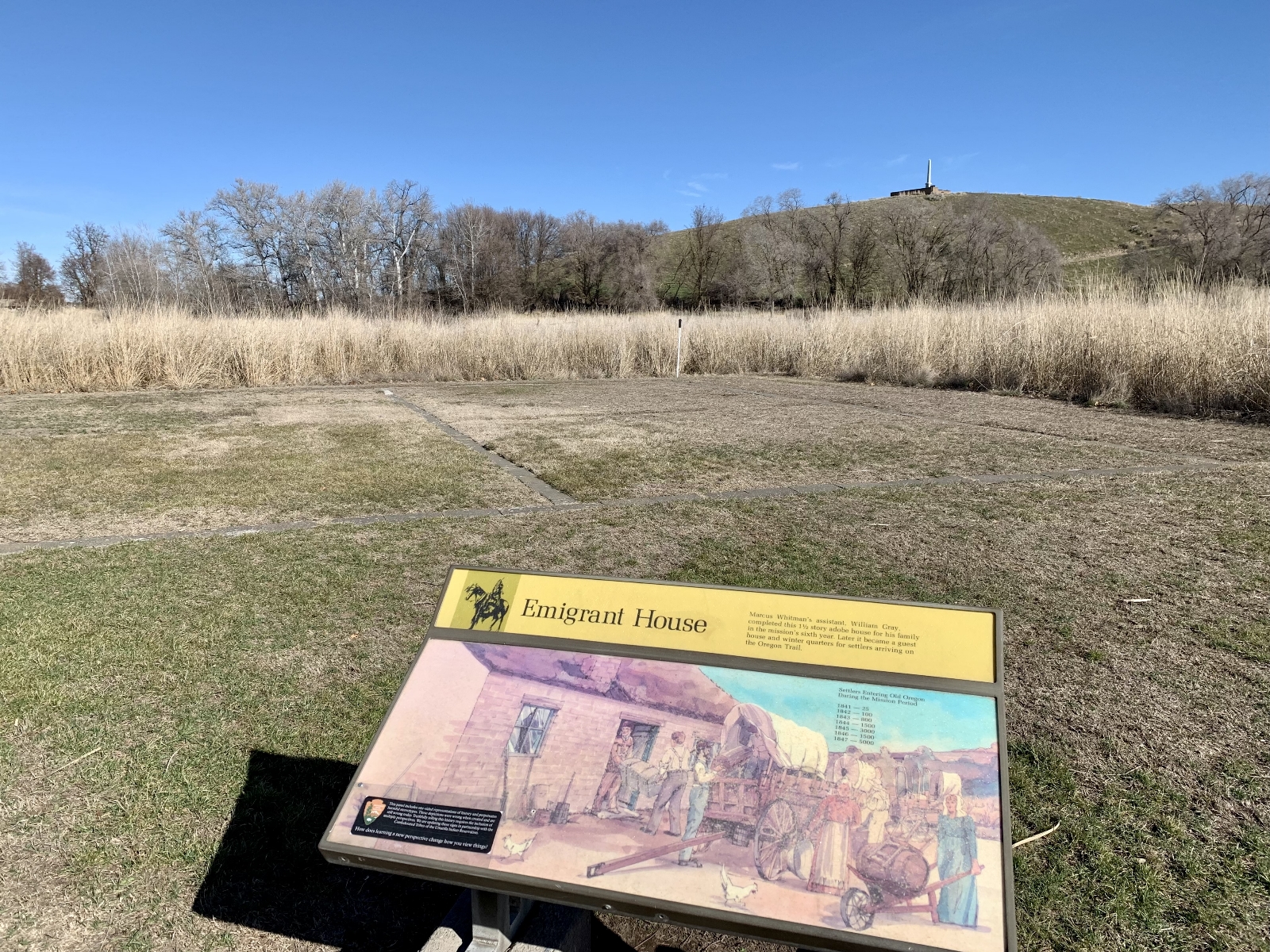
Whitman Mission National Historic Site is one of the 423 units of the National Park System and it is free to visit. The park grounds and trails are open daily from sunrise to sunset. The visitor center is typically open daily from 9-4 (closed Thanksgiving, Christmas, and New Years Day). The Mission is located in the heart of Washington’s wine country just a short drive west of Walla Walla.
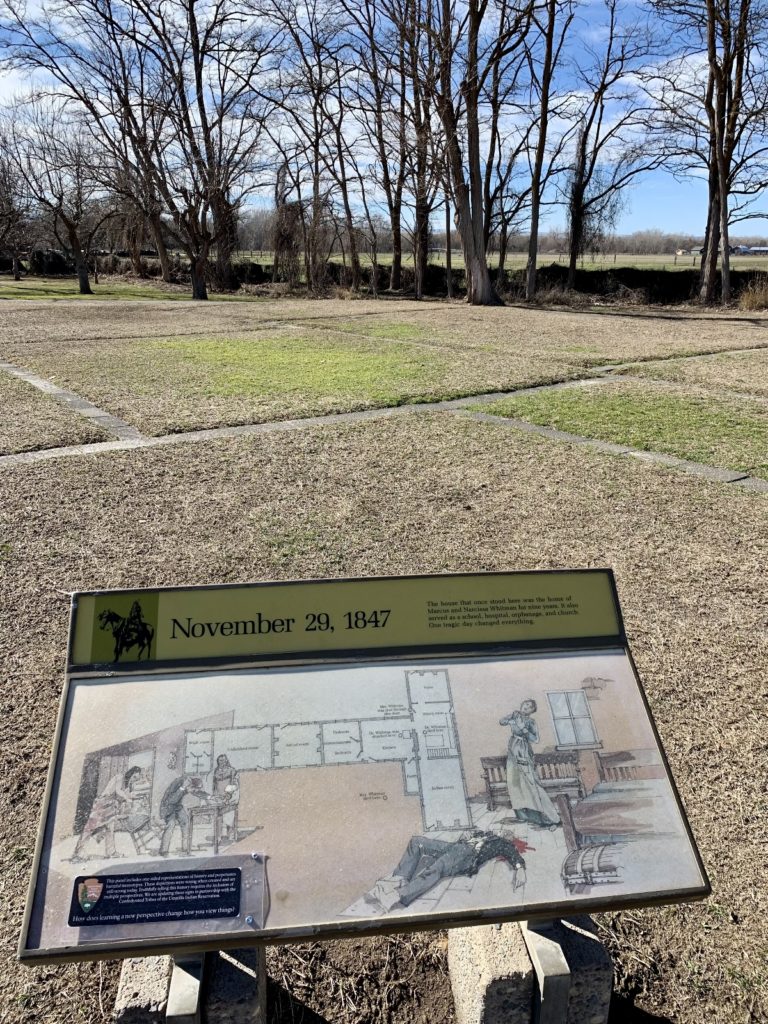
An Epidemic & Cultural Differences Lead to Violence
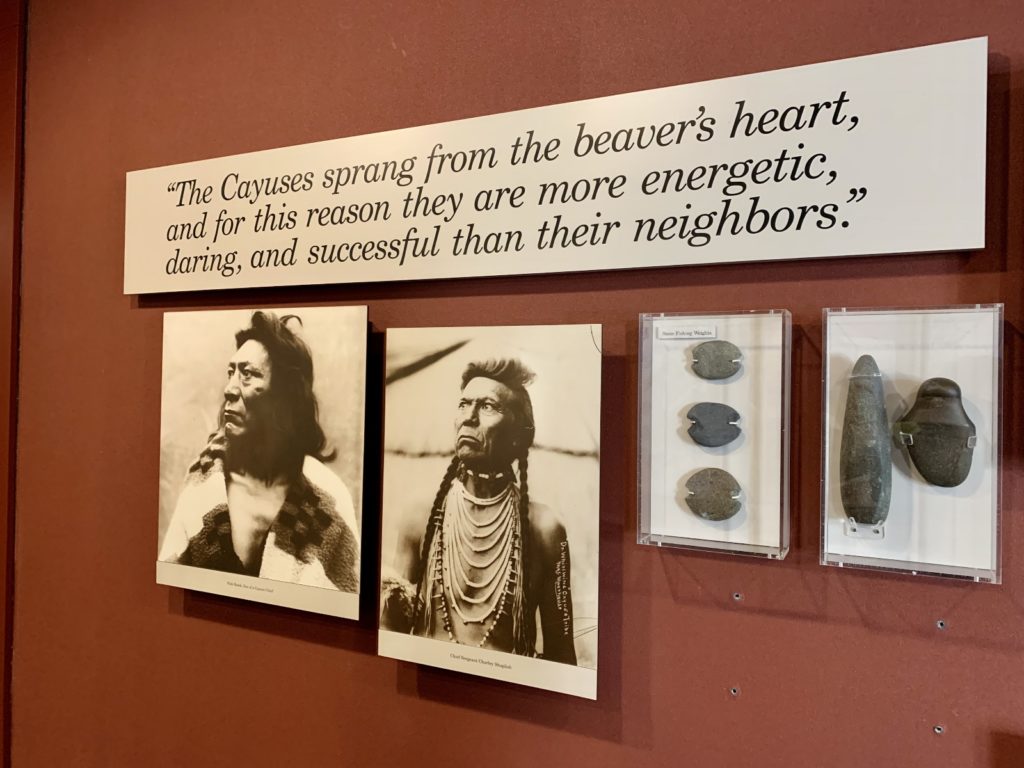
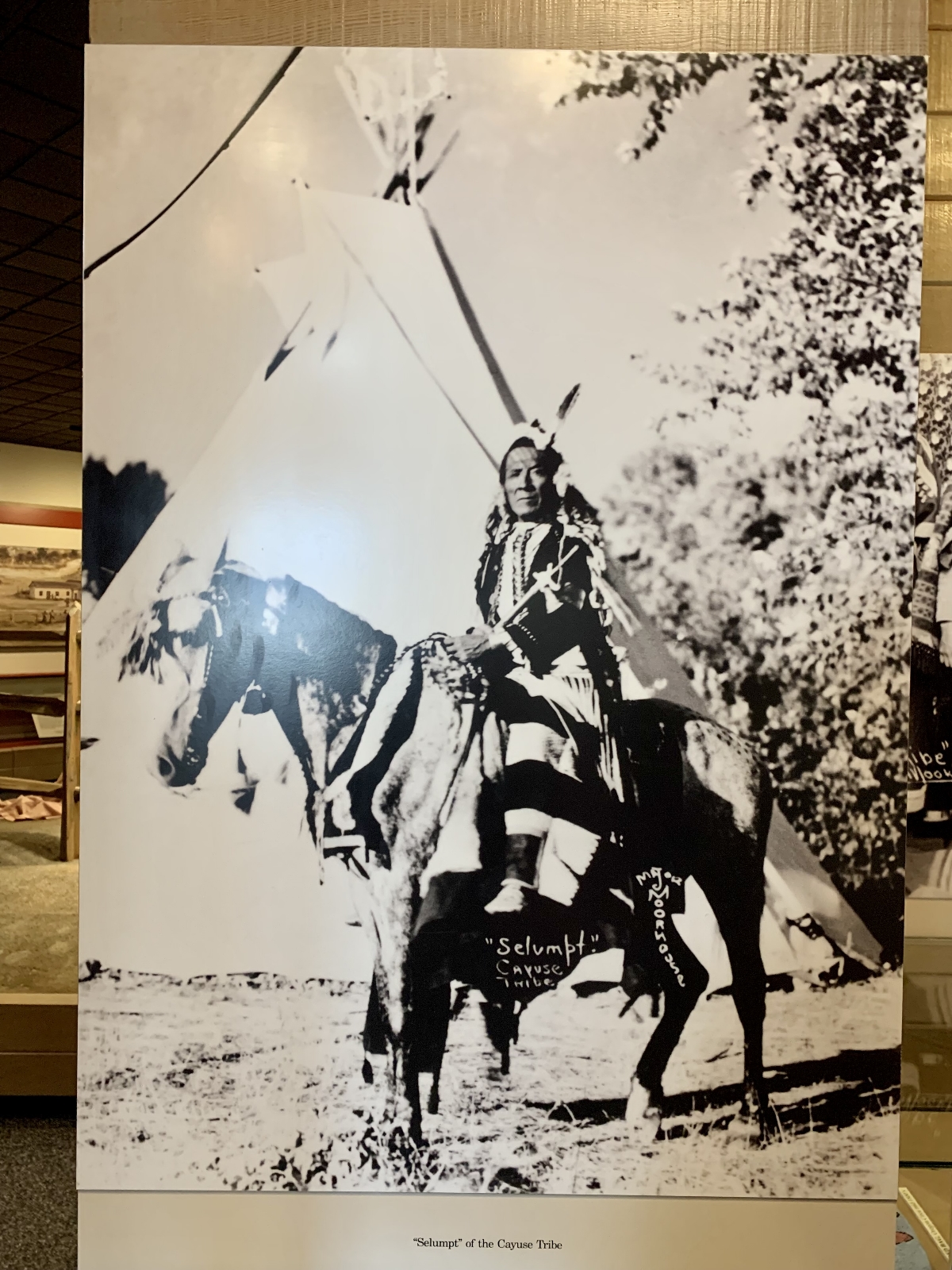
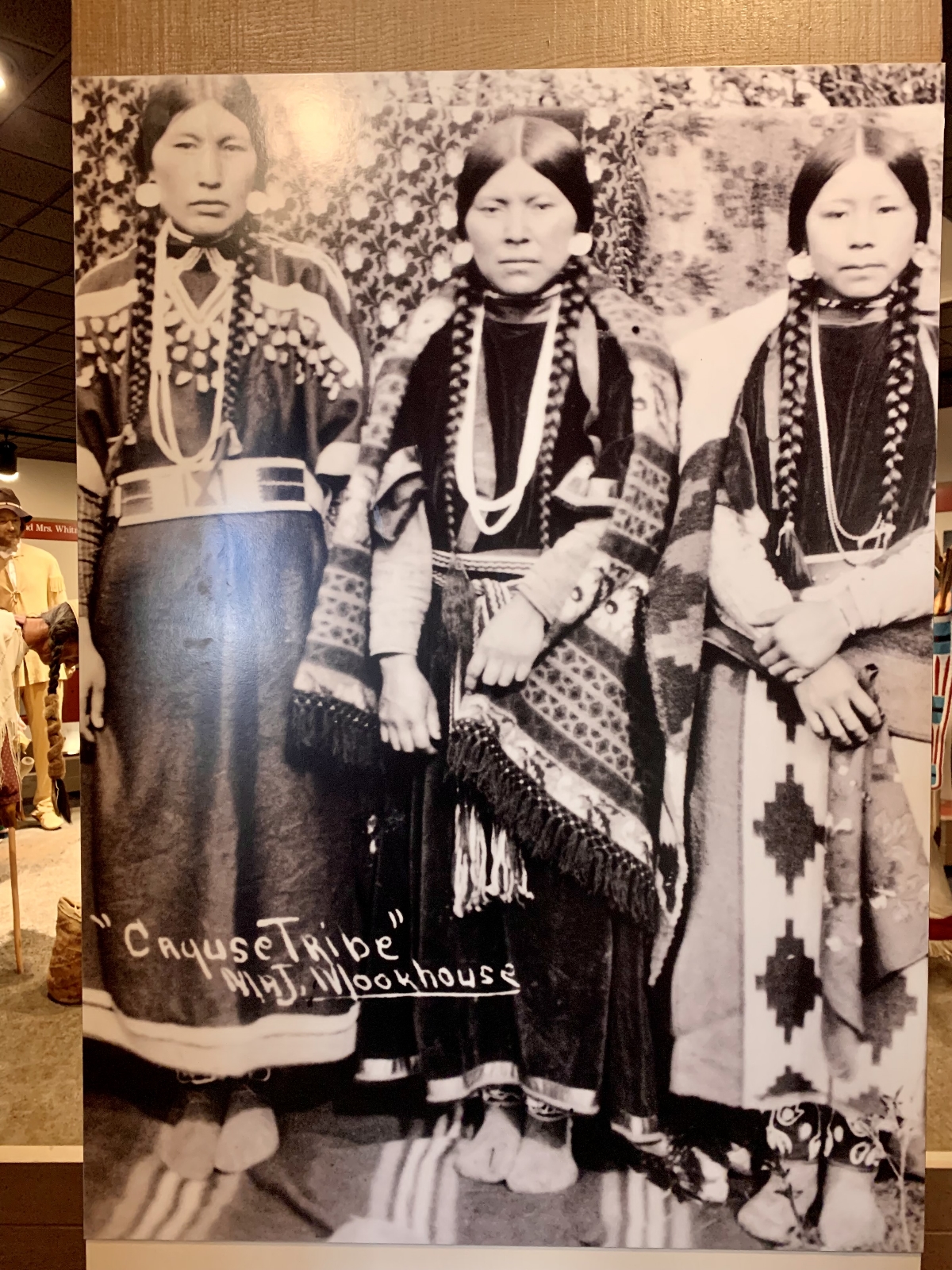
“In September 1836, Marcus and Narcissa Whitman reached the Columbia River, along with Reverend Henry Spalding and his wife Eliza. The Whitmans opened their mission in Waiilatpu to work with the Cayuse, and the Spaldings established their mission among the Nez Perce people of Lapwai. Once settled, the missionaries learned the native tongue, and by 1839, Spalding published his book in the Nez Perce language. While the Whitman and Spalding missions expanded gradually, other missionaries reached the complex and established new stations. During this time, three properties were erected, the blacksmith shop, gristmill, and a main large adobe house or mission house. Both missions establish large complexes; however, Whitman’s site was not as successful as Spalding’s mission.
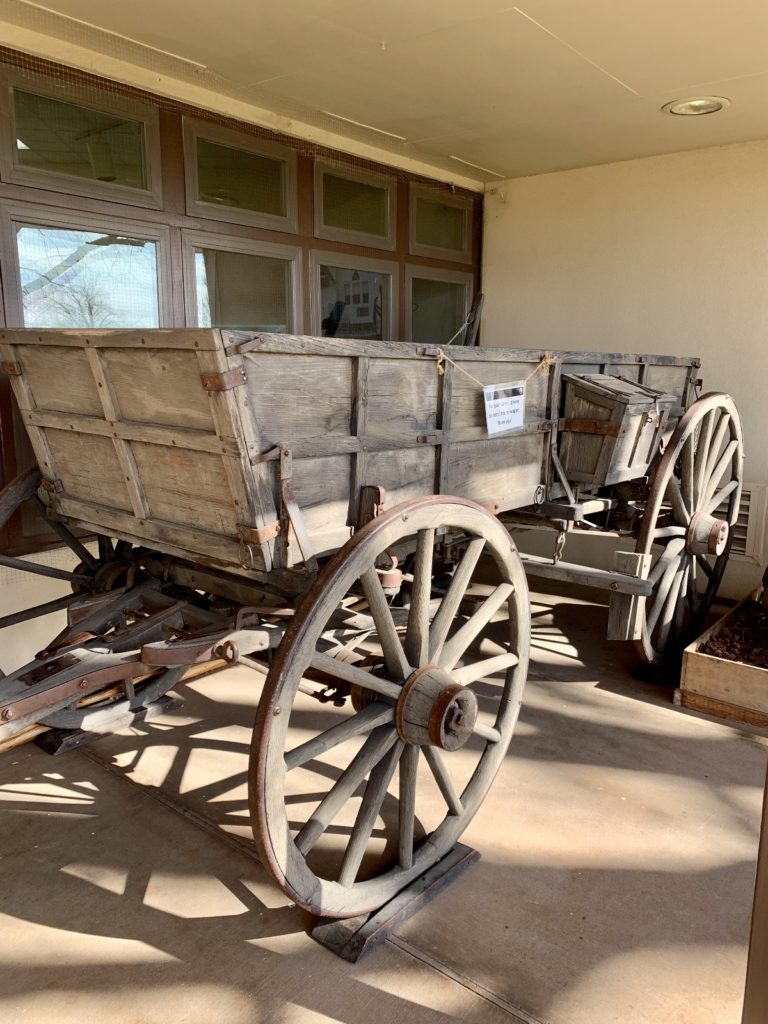
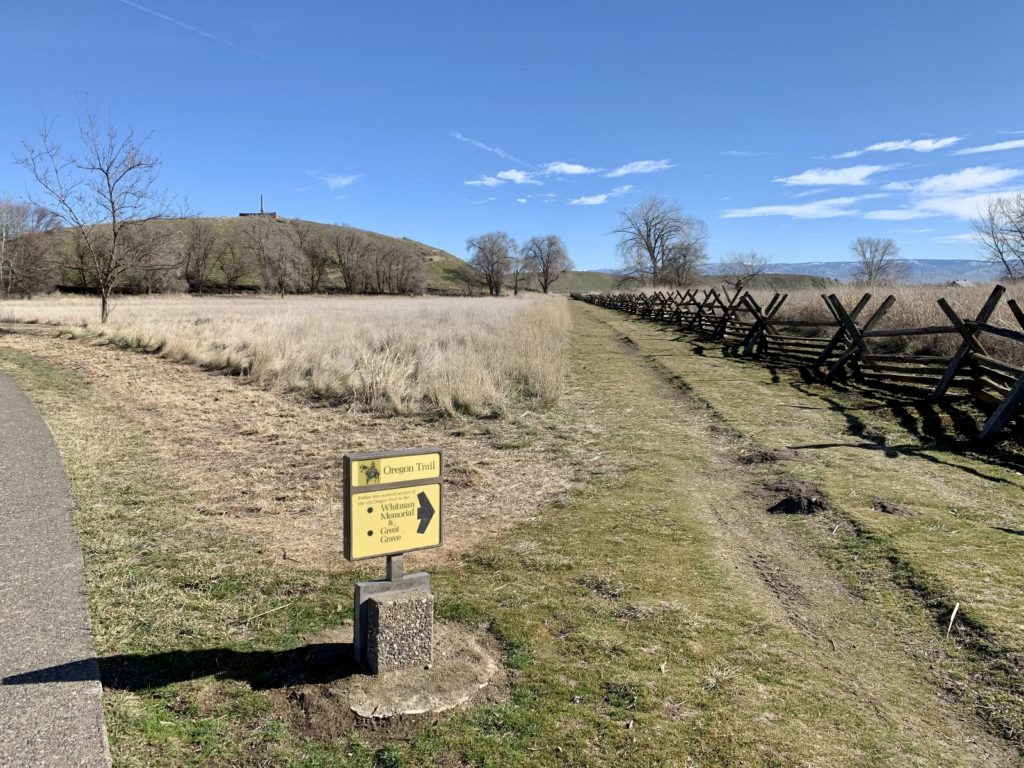
Although the two mission sites were within close proximity, the cultural differences between the two American Indian tribes and the white settlers caused great friction. Whitman’s Cayuse Indians were not as receptive to the white man’s religion as Spalding’s Nez Perce converts. By 1842, having heard of the growing dissension between the Cayuse and Whitman’s mission, the American Board of Foreign Missions ordered the closing of both the Waiilatpu and Lapwai stations. Whitman, convinced his mission would succeed if provided more time, traveled to St. Louis, New York, Washington, DC, and Boston to make his case and save his mission. In 1843, moved by his statement, the Board offered the Whitman and Spalding missions a second chance and withdrew the original orders to close the missions. On his final return to Oregon during the Great Migration of 1843, Whitman led the first wagon train to the Columbia River on what would later become the historic Oregon Trail.
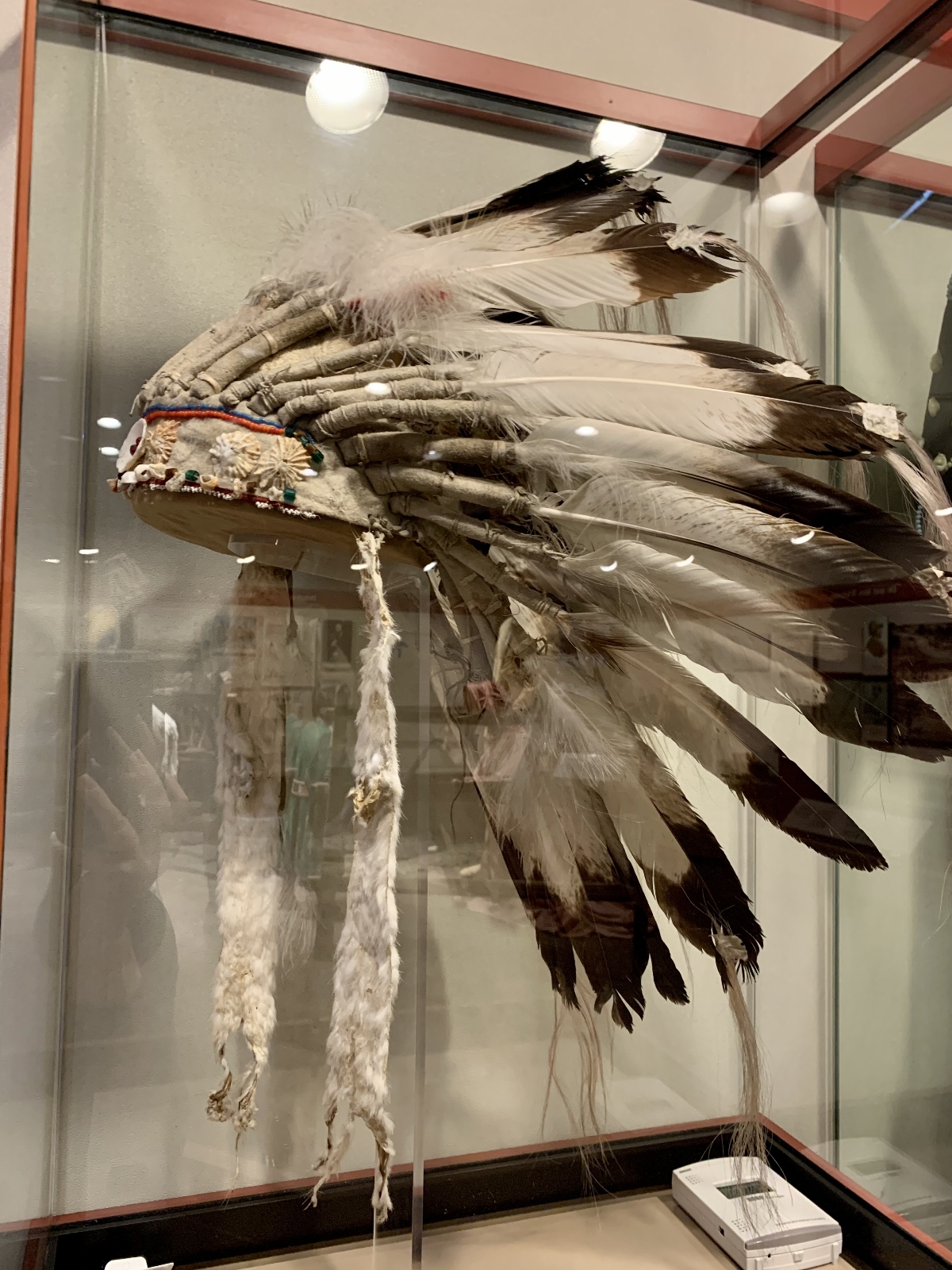
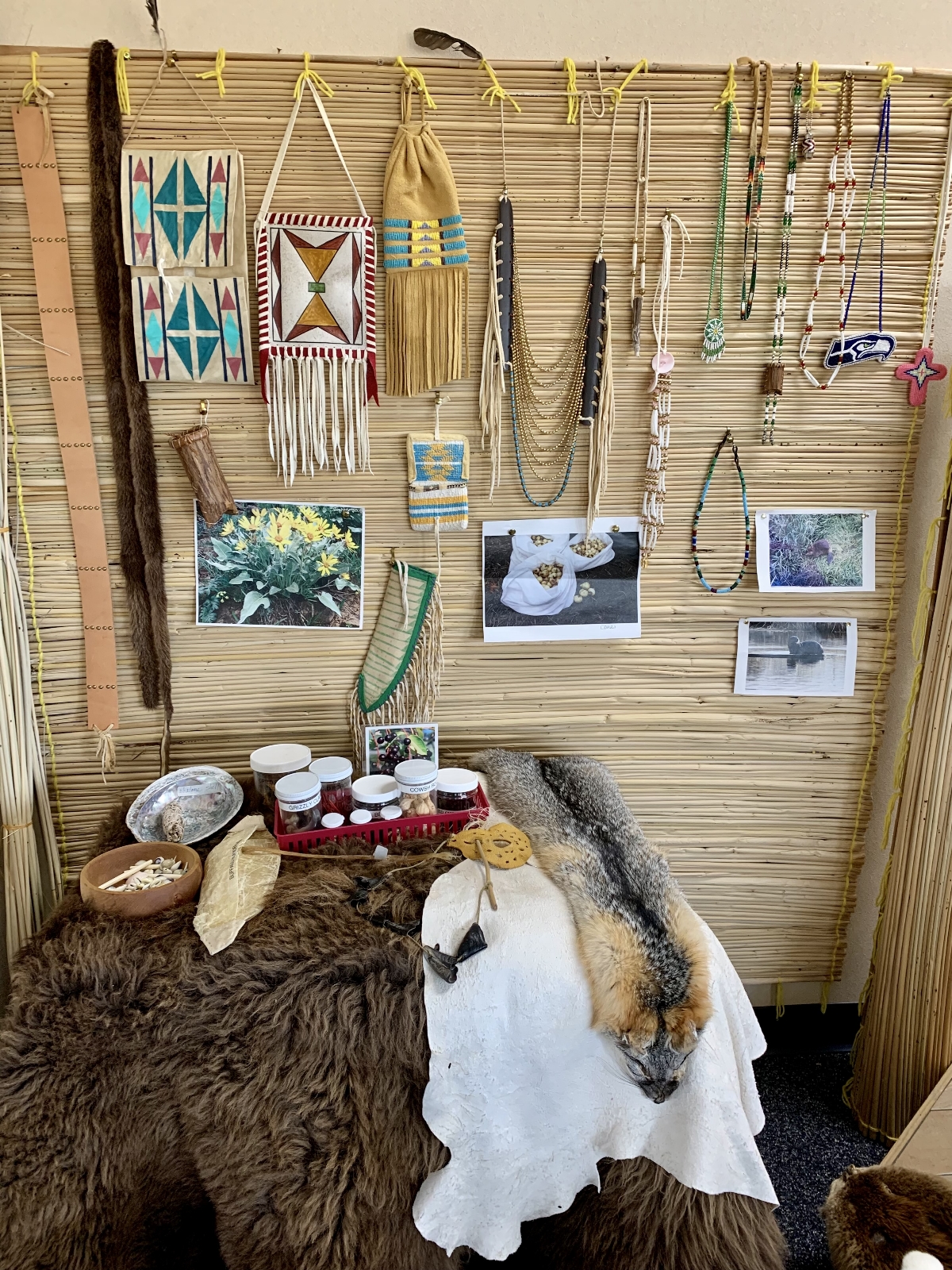
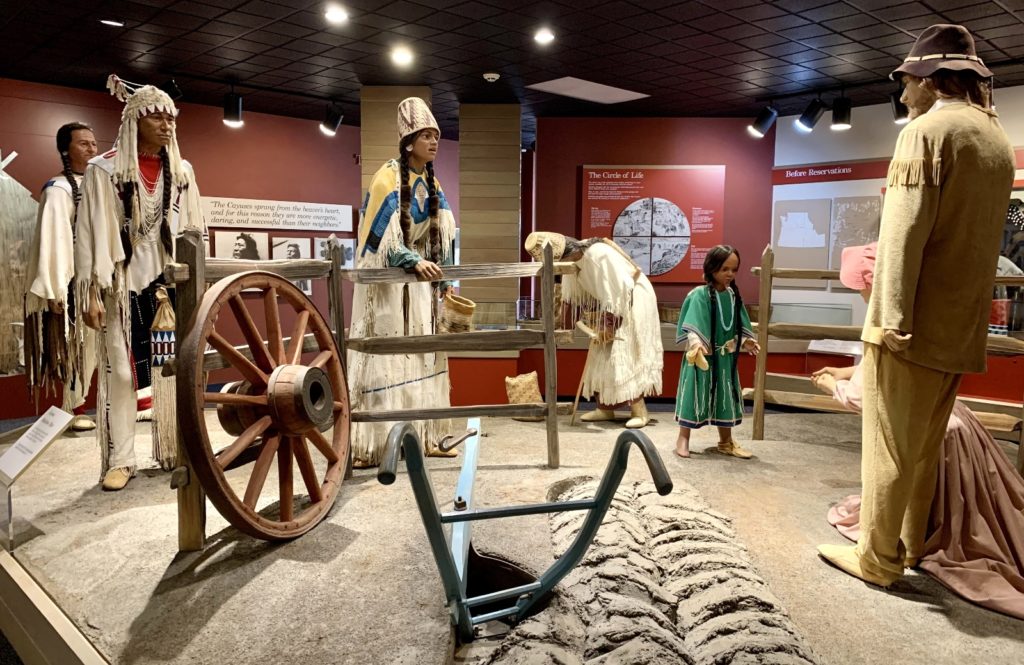
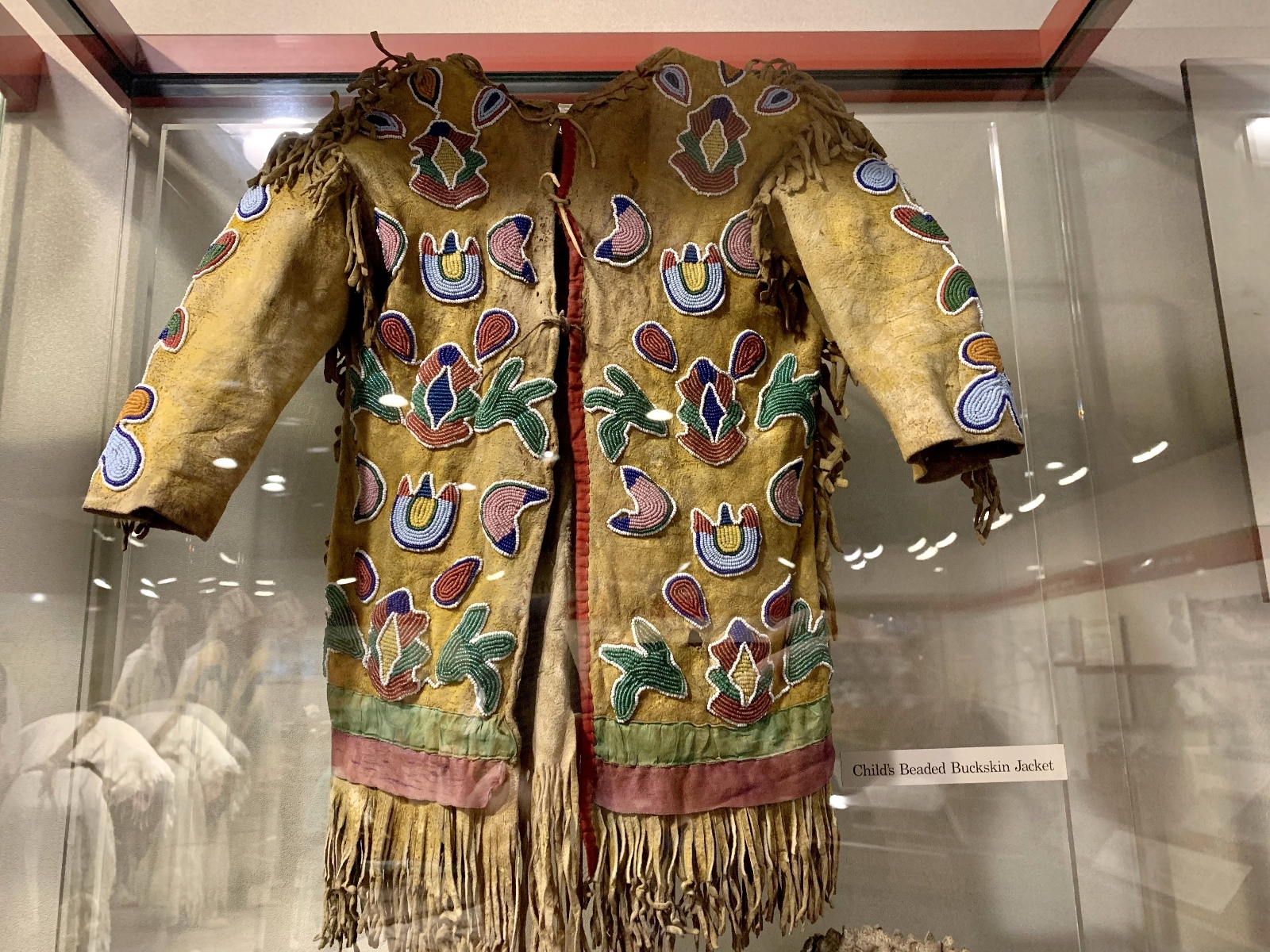
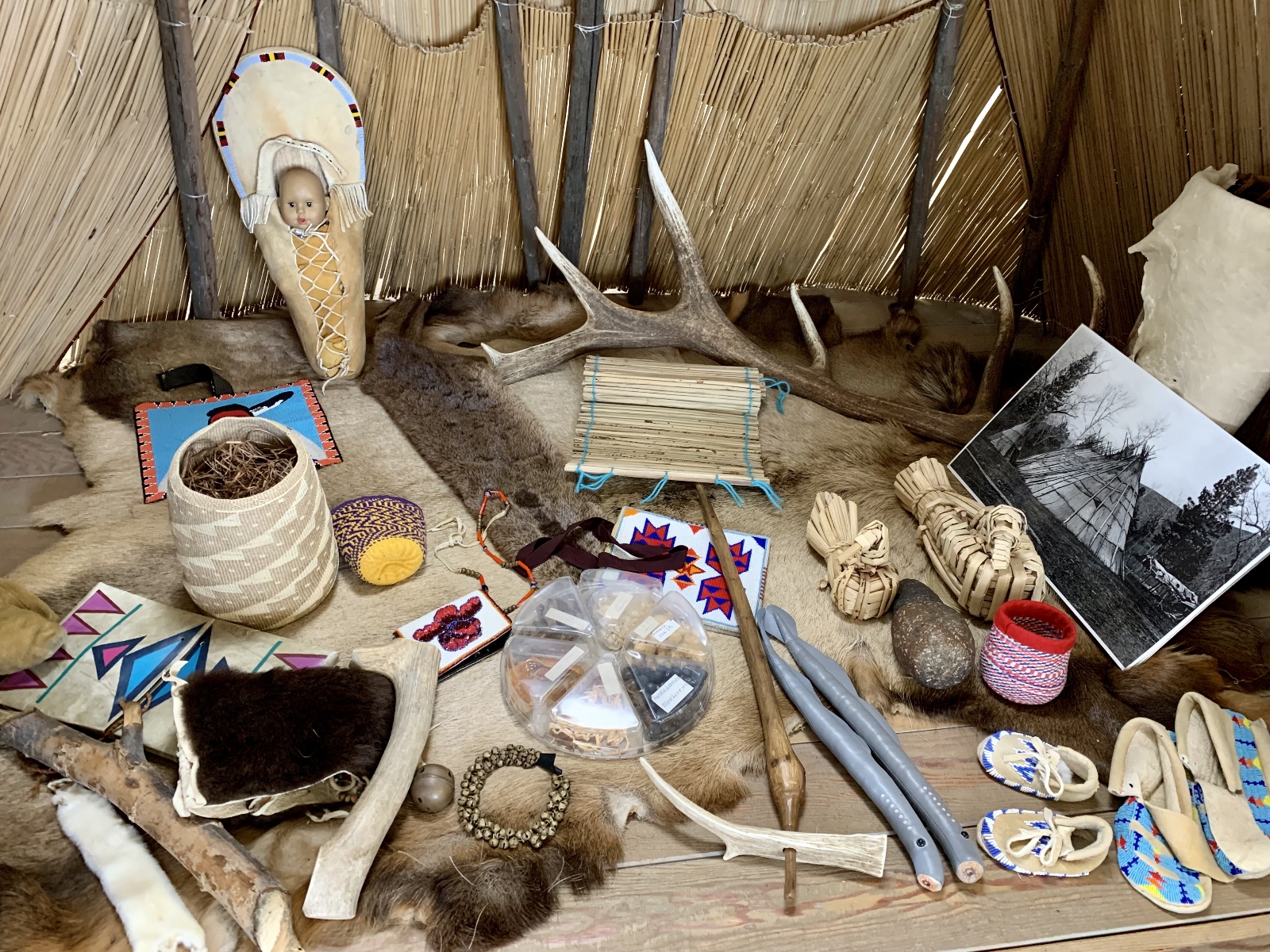
Although the mission sites of Waiilatpu and Lapwai were not directly on the Oregon Trail, numerous westward migrating groups stopped and sought shelter at these missions during times of illness and destitution. In 1844, the Whitmans adopted the seven Sager children who reached the mission after losing their parents during their journey west. Although at the time the children were fortunate, their future seemed bleak as tensions between the Whitman mission and the Indians continued to grow. Cultural differences had already led to great misunderstandings, and when a measles epidemic spread throughout the Waiilatpu mission site — killing a greater number of Cayuse Indians than white settlers –a tragedy occurred.
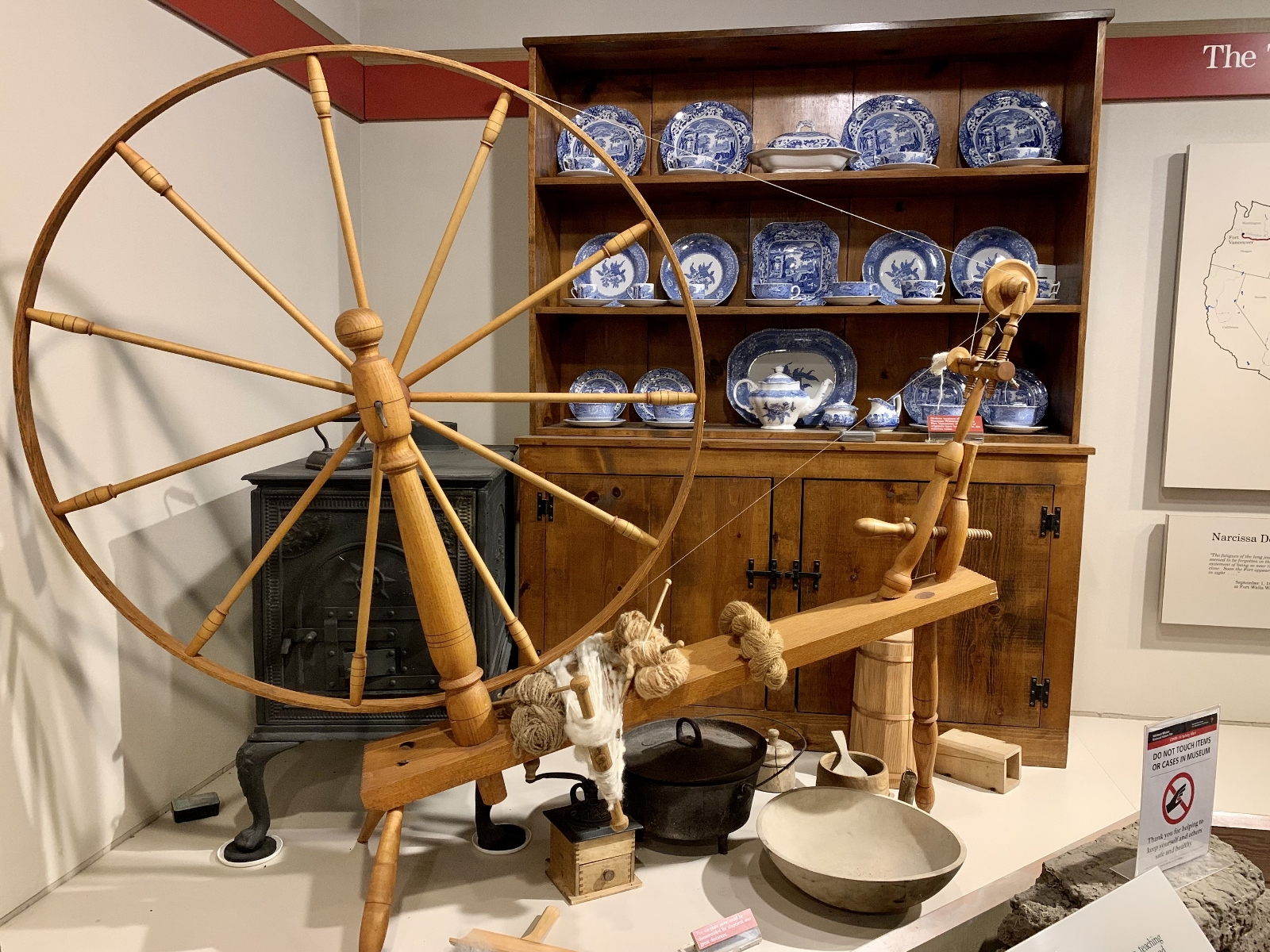
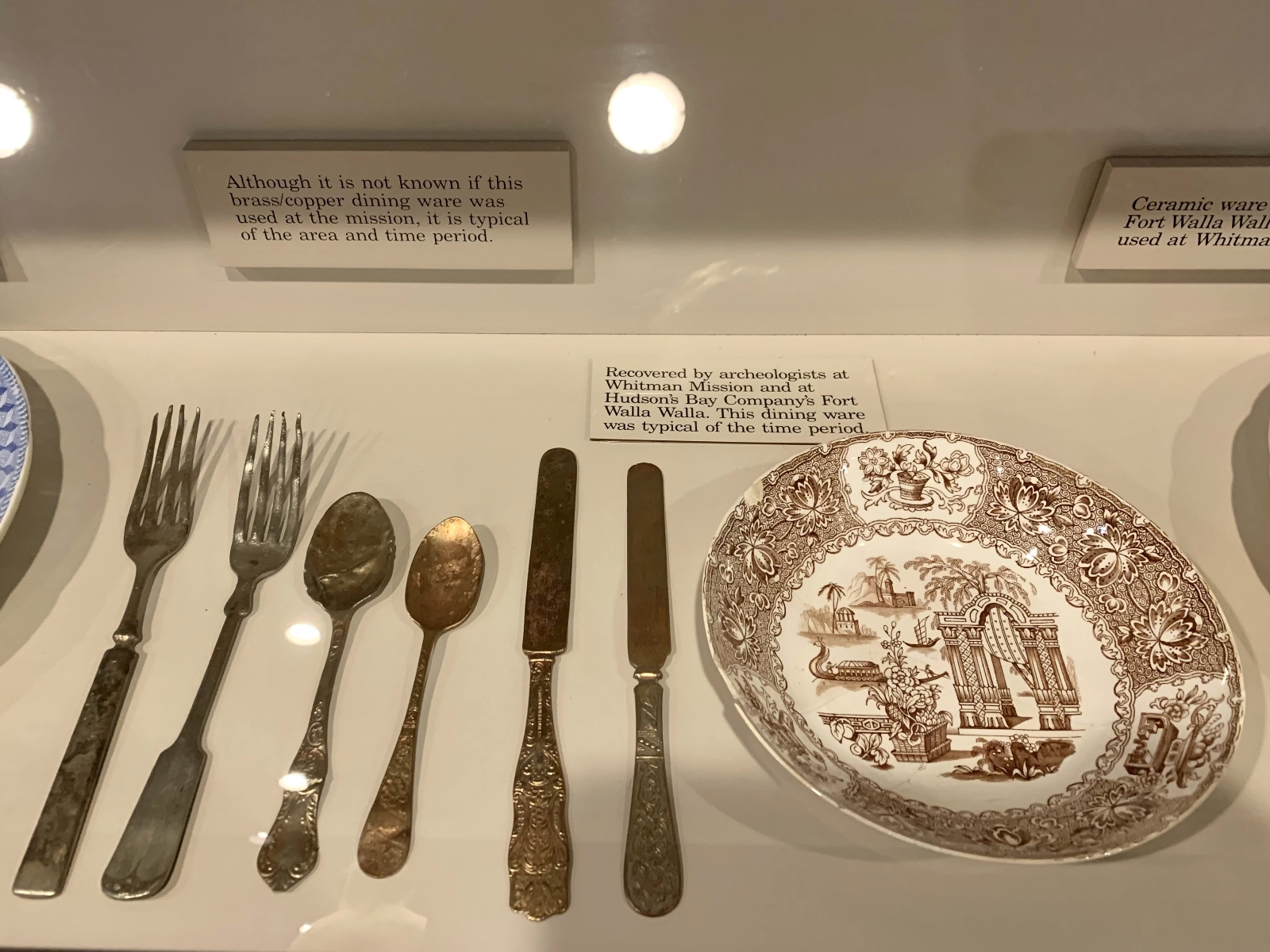
On November 29, 1847, after seeing that Whitman’s medicine only helped the settler’s children and not their own, the Cayuse attacked the Waiilatpu mission and killed Marcus Whitman, his wife, and the Sager children who had not died from the measles. The Cayuse then captured some of the remaining survivors and held them hostage, while others managed to escape. A month later, the Cayuse released the hostages after Peter Skene Ogden of the Hudson’s Bay Company offered a ransom. The hostages, including the Spaldings, reached Fort Walla Walla on January 8, 1848, and in the same year, survivor Joseph Meek traveled to Washington, DC to inform congress of the attacks. On behalf of the settlers, he petitioned the Federal Government to create the Territory of Oregon, and on August 14, 1848, President Polk–who was cousin by marriage of Joseph Meek–signed the bill making Oregon a legal territory of the United States.
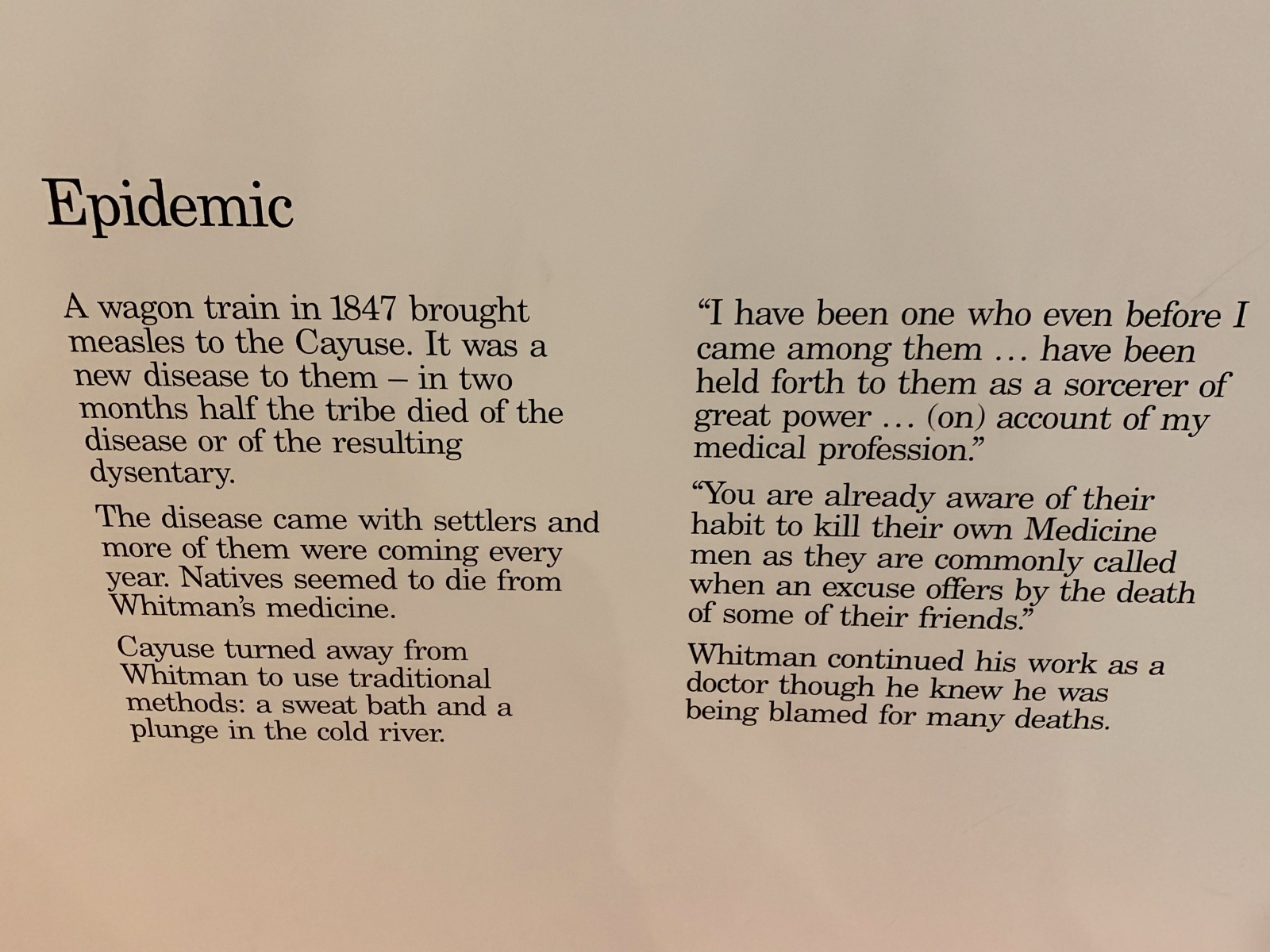
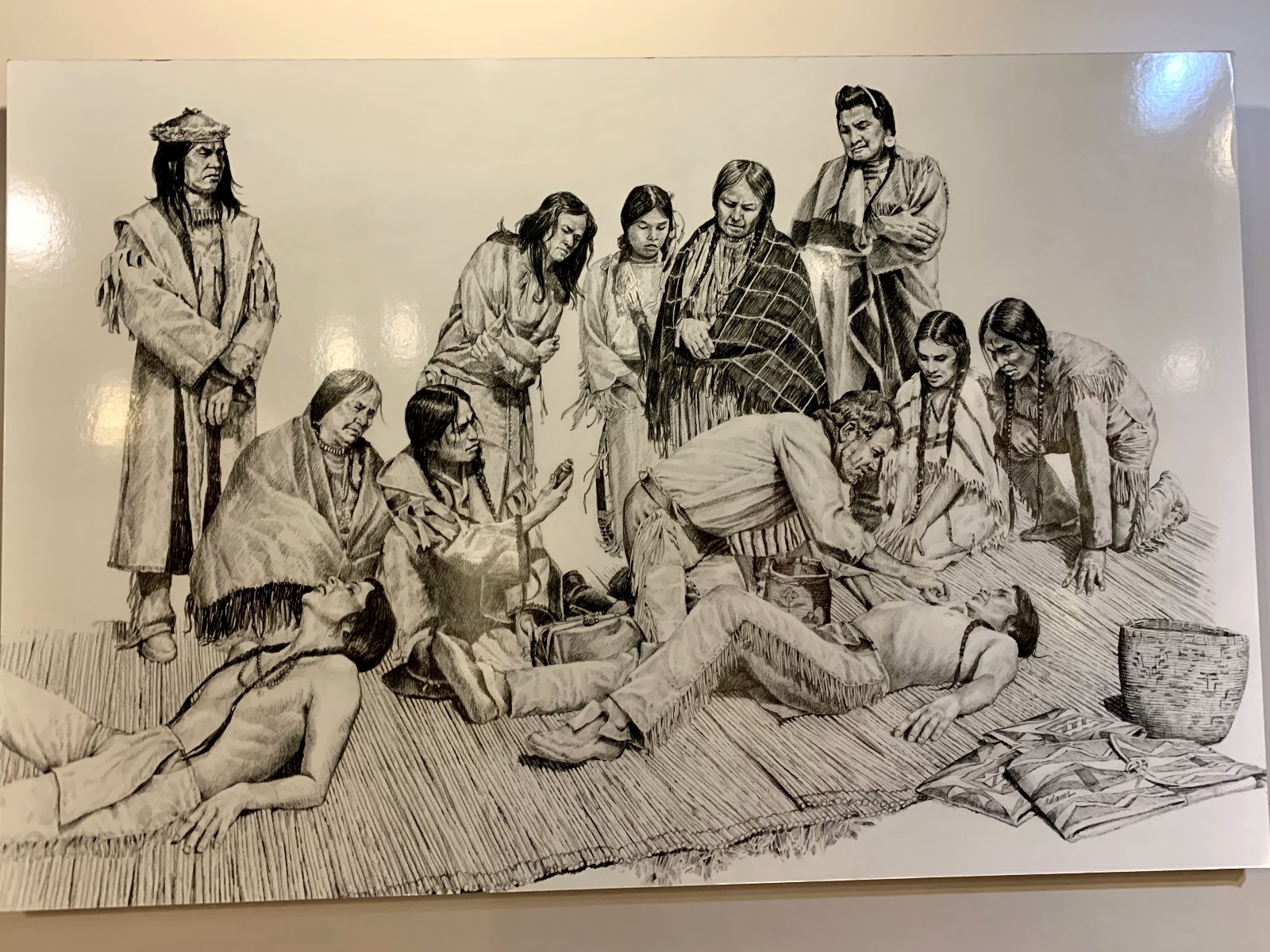
The Whitman Mission was the first Christian mission established in the Pacific Northwest. Although the mission failed in establishing a positive relationship with the Indians, the Whitman Mission tragedy opened the door for the United States to claim Oregon officially. The Whitman Mission is also significant in American history for being the first to publish a book in the Pacific Northwest. In another first, the women of the mission, Narcissa Whitman and Eliza Spalding, were the first white women to travel across the continent to Oregon.” Source NPS Website.
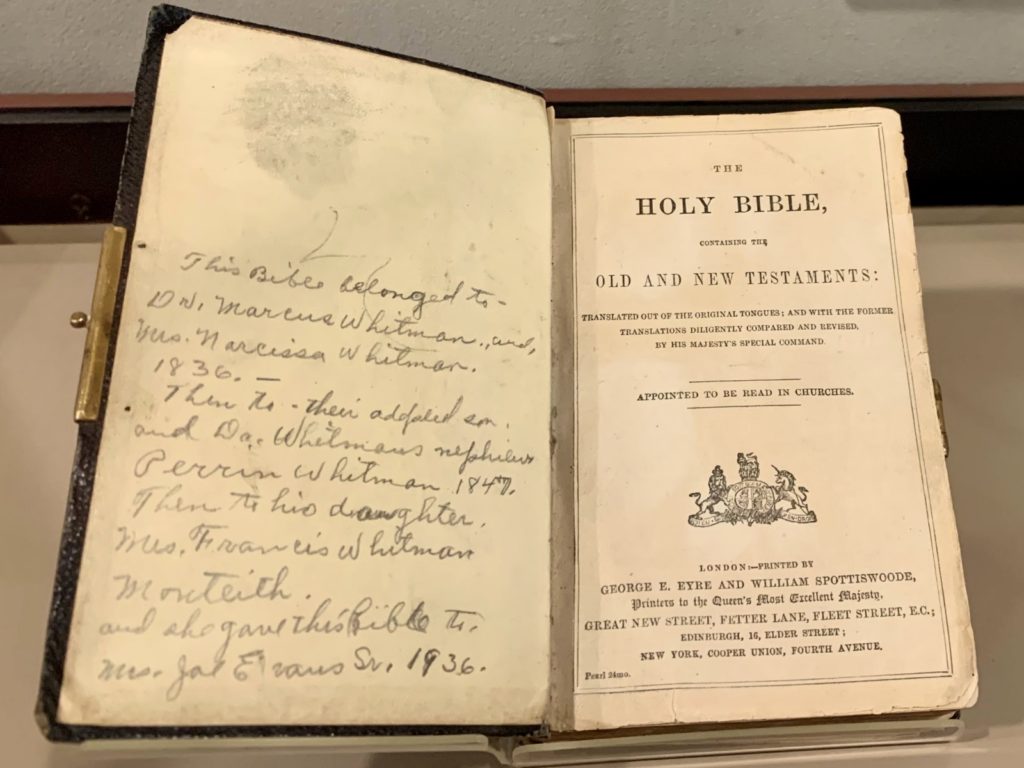
The Adventure Continues
Be sure to join us on our next adventure as we try out our newest adventure toy. And don’t forget to check out our Amazon RV and Adventure Gear recommendations. We only post products that we use and that meet the Evans Outdoor Adventures seal of approval. By accessing Amazon through our links and making any purchase (even things as simple as toothpaste!), you get Amazon’s every day low pricing and they share a little with us. This helps us maintain this website and is much appreciated!
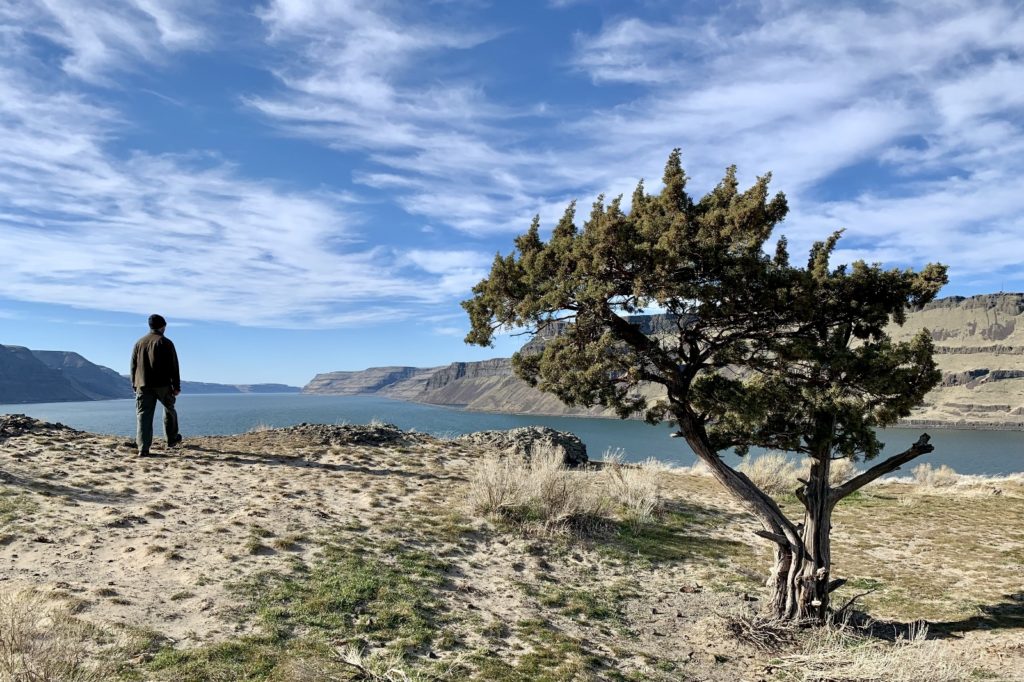
Wow. A lot of good information. I’ve never been through that part of the country that looks very open and undeveloped which is nice. Columbia river looks very large there. A lot of similar situations played out like this across the west. Driving across Nevada / Utah-I recall similar monuments to massacres. Thank you for sharing this.
Hi Kathleen,
Thanks for your comments. The Columbia is quite large in this lower stretch- partly because of the dams, partly because it is just a big river! This spot is where it begins to form the border between Washington and Oregon.
Lusha